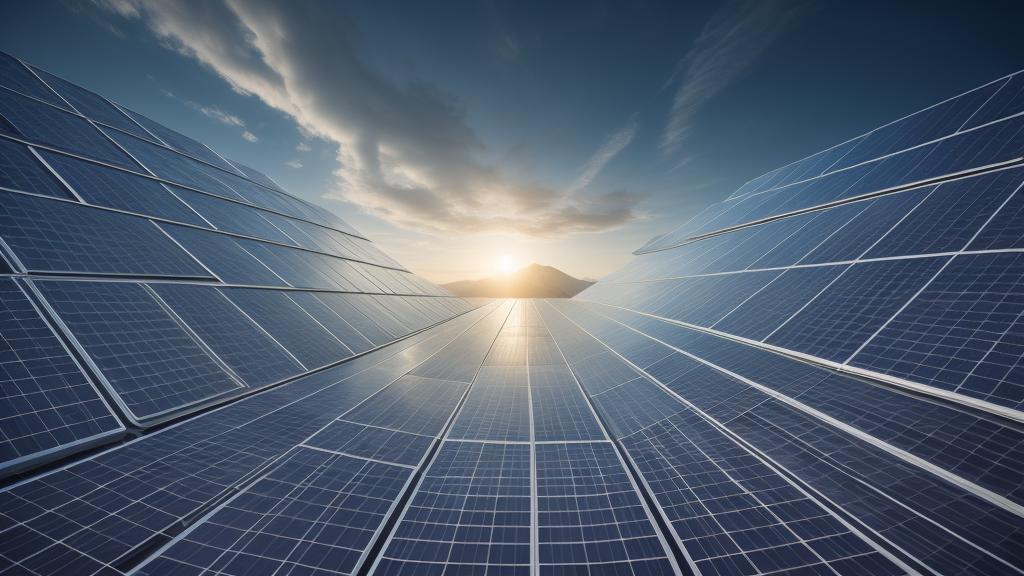Microgrids are transforming the way we think about energy generation and distribution. Traditionally, energy has been supplied through large, centralized power plants, which have their pros and cons. However, with the rise of renewable energy sources like solar and wind, and the growing need for resilient power systems, microgrids are becoming a focal point in the energy landscape. Let’s dive deep into how they work, their benefits, and what the future holds for decentralized power systems.
A microgrid is essentially a smaller, localized power system that can operate independently or in conjunction with the main grid. Unlike traditional power systems that rely on centralized power plants, microgrids can integrate various energy sources including renewables, batteries, and even diesel generators. This flexibility allows for a more resilient and adaptable power system, especially useful in areas prone to natural disasters or with unreliable grid access.
One of the most significant advantages of microgrids is their ability to incorporate renewable energy sources seamlessly. Traditional grids can face challenges when integrating renewables due to fluctuations in supply. Microgrids, however, are designed to manage these fluctuations more effectively. By using advanced software and energy storage technologies, microgrids can store excess energy generated during peak production and release it when demand is high, ensuring consistent power supply.
Moreover, microgrids are not just about efficiency; they also bring about enhanced resilience. During power outages or natural disasters, microgrids can isolate themselves from the main grid and continue to supply power. This is particularly beneficial for critical infrastructure such as hospitals, data centers, and emergency services, which require uninterrupted power supply.
However, the adoption of microgrids is not without challenges. One primary concern is the high initial cost of installation and technology. Batteries, controllers, and software systems needed for efficient microgrid operation can be expensive. Additionally, there are regulatory hurdles to overcome, as current energy policies in many regions are designed for centralized systems and may not readily accommodate decentralized approaches.
Despite these challenges, the future looks promising for microgrids. Technological advancements and decreasing costs of renewable energy sources and battery storage are making microgrid solutions more viable and attractive. Governments and private sectors are also investing heavily in research and pilot projects to test and refine microgrid models. Successful implementations in various parts of the world are paving the way for broader adoption.
Take, for example, the community microgrids in California aimed at providing resilient power during wildfire seasons. These systems have proven their worth by maintaining power when the main grid had to be shut down for safety reasons. Similarly, in remote areas of Africa and Asia, microgrids are providing reliable power to communities that previously had no access to electricity.
Moreover, with the growing interest in smart cities, microgrids are becoming an integral part of urban planning. Smart cities are designed to be self-sustaining and highly efficient, and microgrids fit perfectly into this vision. They enable communities to generate their own power, reduce reliance on fossil fuels, and contribute to the overall sustainability goals of the cities.
In conclusion, microgrids represent the future of energy systems. They bring about numerous benefits, from enhanced efficiency and resilience to greater integration of renewable energy sources. While there are challenges to be addressed, the trend towards decentralization and technological innovation is undeniable. As we move forward, microgrids will play a crucial role in shaping a sustainable and resilient energy future. Keep an eye on this space, as the developments in microgrid technology and policy will undoubtedly have far-reaching impacts on our energy landscape.
The future of microgrids: Decentralization and renewable integration

